Photography 101: The Power of Visuals in Business
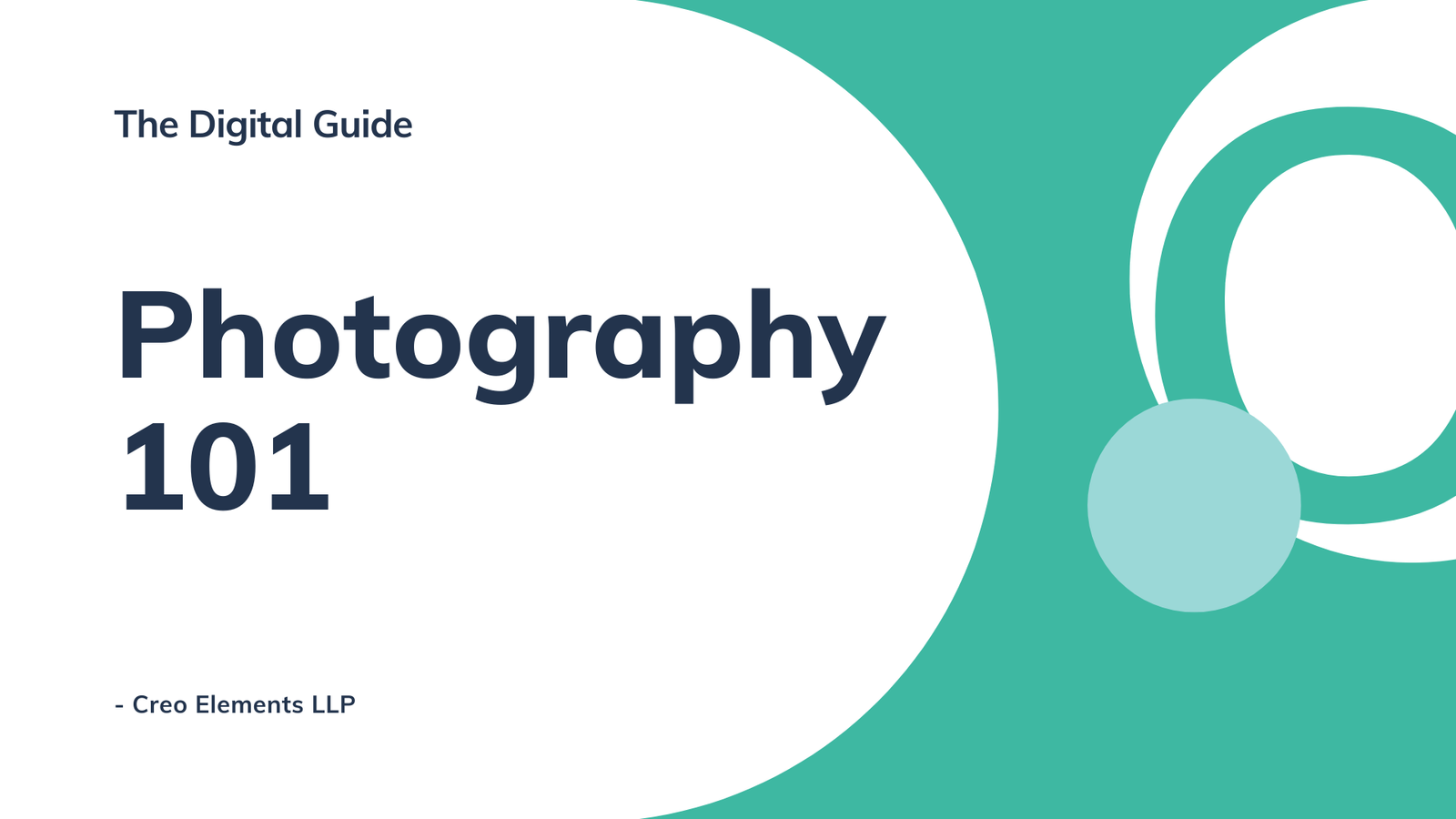
Introduction: The Visual Story
They say a picture is worth a thousand words, but in business, a picture can be worth thousands of customers. Studies show that businesses using high-quality visuals experience up to 40% higher engagement rates than those without. Imagine scrolling through an online store and seeing blurry, poorly lit product images—would you trust that business? Probably not.
Photography is no longer a luxury for brands—it is a necessity. Whether you’re a small business owner, an entrepreneur, or a marketing professional, compelling visuals can make or break your brand identity. This guide will help you navigate the world of photography, understand when to invest in professional services, and explore the latest trends shaping the industry.
When Photography Needs Your Business’s Attention
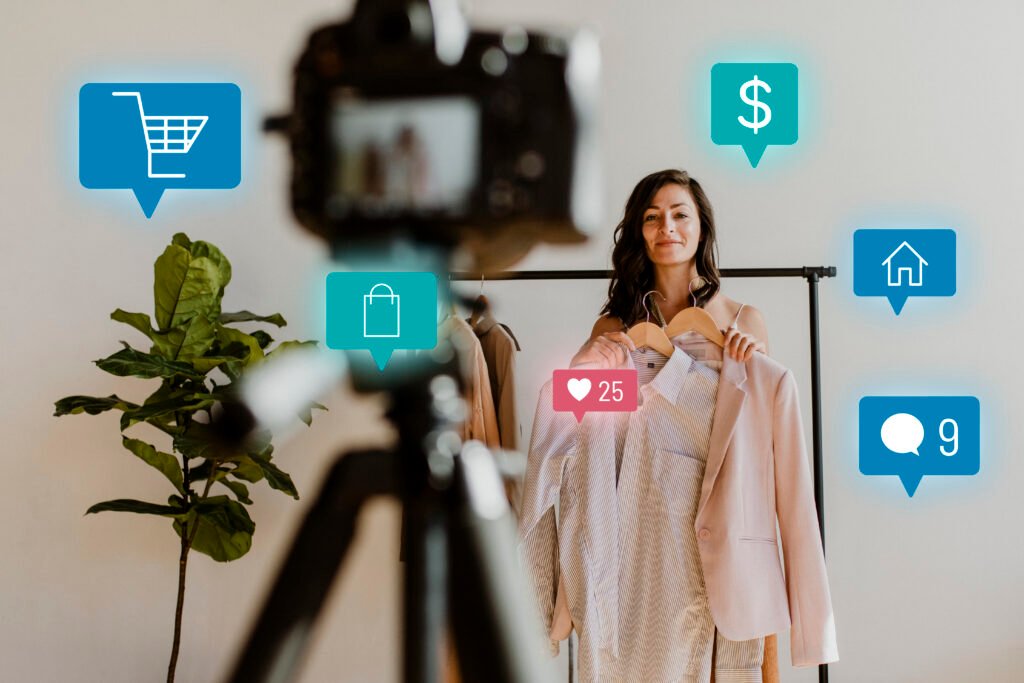
Different stages in a business’s lifecycle demand strong visuals. Here are a few moments when photography can significantly impact your growth:
- Product Launch: First impressions matter. High-quality product images boost confidence and trust.
- Website Revamp: A clean, visually appealing website retains visitors and enhances user experience.
- Marketing Campaigns: Be it social media, print ads, or email marketing, strong visuals amplify engagement.
- Social Media Presence: The average user spends 145 minutes daily on social media—great visuals can make your brand stand out.
Poor photography, on the other hand, can lead to a lack of credibility, lower engagement, and ultimately, lost revenue. Investing in quality images is investing in your business’s success.
Exploring the Diverse World of Photography: Which Type is Right for You?

Not all photography is created equal. Depending on your business type, different styles of photography serve different purposes:
1. Product Photography
Ideal for e-commerce and retail businesses. Crisp, well-lit product images influence buying decisions. Consider investing in 360-degree product photography for an interactive shopping experience.
2. Space Photography
Perfect for real estate agents, interior designers, and hospitality businesses. Professional space photography showcases ambiance, lighting, and aesthetics—crucial for enticing potential clients.
3. Food Photography
For restaurants, cafes, and food brands, visually appealing images can increase sales. A report found that restaurants with high-quality images on their menus see a 30% increase in sales.
4. Portrait Photography
Personal branding is key for entrepreneurs and professionals. A great headshot builds credibility and trust on websites and social media platforms like LinkedIn.
5. Event Photography
Businesses hosting events, workshops, or launches should capture moments for promotional use, showcasing company culture and engagement.
By identifying the right photography type, businesses can maximize their impact and attract the right audience.
Debunking Photography Myths: Separating Fact from Fiction
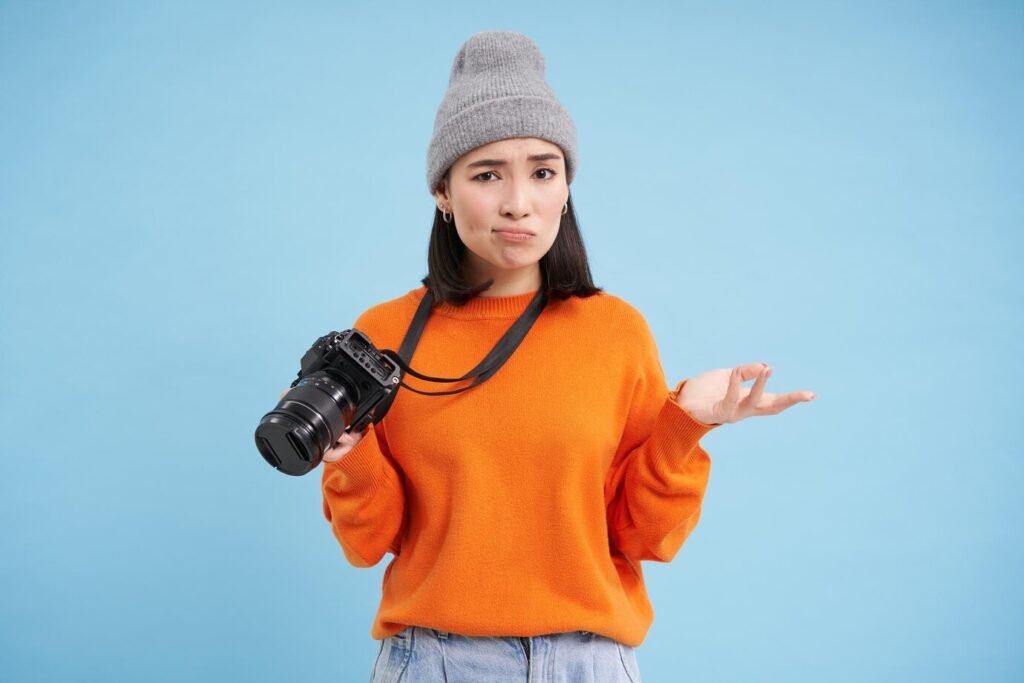
“You Need a DSLR to Take Good Photos.”
Smartphone cameras today rival professional cameras in many scenarios. iPhone’s portrait mode or Samsung’s AI-powered enhancements can deliver stunning images with the right technique.
“Professional Photography is Only for Big Brands.”
Small businesses can benefit even more from professional visuals. Investing in high-quality images early can differentiate a brand in a competitive market.
“Photography is Too Expensive.”
Budget-friendly options exist! DIY setups, freelance photographers, and stock photos can be cost-effective solutions for businesses starting out.
The Rise of Mobile Photography: Empowering the Entrepreneur
With smartphones evolving rapidly, mobile photography has become a game-changer for entrepreneurs. It allows business owners to create high-quality, engaging content without investing in expensive camera equipment. Whether you’re showcasing products, building a personal brand, or enhancing your social media presence, mastering mobile photography can elevate your visuals and boost engagement.
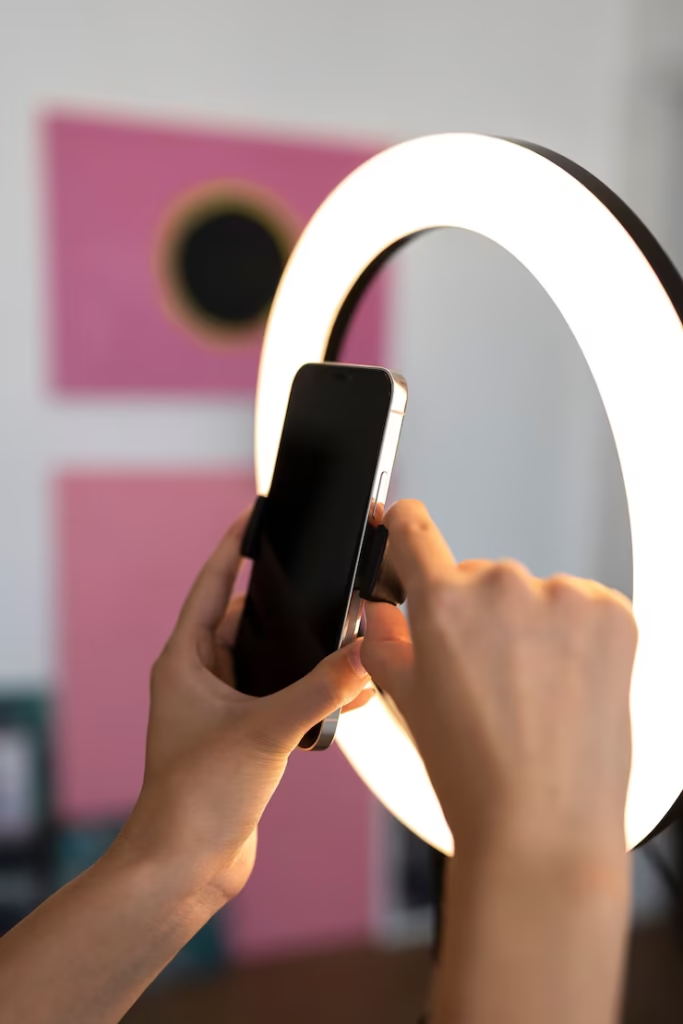
Smartphone Photography Tips for Entrepreneurs
1. Lighting: The Key to Professional-Looking Photos
- Use natural light whenever possible – shoot near a window for soft, even lighting.
- Avoid harsh overhead lights that create unflattering shadows. If shooting at night, use a ring light or softbox for better results.
- Golden hour (early morning or late afternoon) provides warm, flattering light for outdoor shots.
2. Composition: Make Your Photos Visually Appealing
- Follow the rule of thirds – position your subject slightly off-center for a balanced look.
- Use leading lines (e.g., roads, shelves, or patterns) to guide the viewer’s eye toward your subject.
- Declutter the background – a clean, simple background helps focus attention on your product or subject.
3. Editing: Enhance Your Photos Like a Pro
Even a great shot benefits from slight enhancements. Use these free or affordable editing apps:
- Snapseed – for quick, powerful adjustments like brightness, contrast, and sharpening.
- Lightroom Mobile – offers professional-level color correction and presets.
- VSCO – great for adding aesthetic filters that match your brand’s style.
- Retouch (by Adobe) – removes unwanted objects or blemishes for cleaner images.
4. Smartphone Camera Settings & Features to Explore
- Use HDR mode for better details in bright or high-contrast scenes.
- Adjust exposure manually by tapping and sliding up/down on your screen.
- Try portrait mode for blurred backgrounds that make products or faces pop.
- Shoot in RAW (if available) for higher-quality edits without losing detail.
When to Invest in Professional Photography
While mobile photography is excellent for daily content and social media, some situations require a professional touch
- Product Launches & E-commerce – High-resolution product images improve credibility and sales.
- Brand Campaigns – Professional photographers ensure consistency and quality across all visuals.
- Headshots & Team Photos – A well-lit, high-quality portrait makes a lasting impression.
By mastering mobile photography, entrepreneurs can create polished, attention-grabbing content on a budget. Know when to DIY and when to call in a pro to maintain a strong visual brand identity.
E-commerce Photography: Meeting Marketplace Standards & Boosting Sales

High-quality product photos are essential for e-commerce success. Each platform has specific guidelines to ensure consistency and professionalism. Following these standards not only prevents image rejections but also improves conversion rates and reduces returns by giving customers a clear, accurate view of what they’re buying.
Platform-Specific E-commerce Photography Guidelines
1. Amazon: Crisp, Clear, and Professional
Amazon prioritizes clean, product-focused images that enhance trust and clarity. Follow these rules to avoid rejections
- White background (RGB 255, 255, 255) – ensures a clean, distraction-free look.
- Minimum resolution: 1000 pixels on the longest side – allows zoom functionality
- Fill at least 85% of the frame – ensures the product is the focal point.
- Multiple angles & close-ups – showcase product details clearly.
Pro Tip: Use a lightbox or soft, even lighting to eliminate shadows and reflections.
2. Etsy: Lifestyle & Storytelling for Handmade & Unique Items
Etsy buyers love authentic, artistic presentations that tell a story.
- Showcase the product in real-life settings – e.g., jewelry on a model or handmade furniture in a cozy home.
- Use warm, natural lighting – creates an inviting feel.
- Offer multiple perspectives – top, side, and detailed close-ups.
- Include scale references – a product next to a familiar object helps buyers visualize size.
Pro Tip: Soft, natural shadows add depth and realism without looking overly edited.
3. Instagram & Social Media: Eye-Catching, High-Resolution Visuals
Social media thrives on bold, engaging imagery that stops the scroll.
- High-resolution images (1080×1080 pixels or higher) – ensures sharpness.
- Creative compositions & storytelling – show the product in use, not just a static image.
- Consistent color grading & branding – create a cohesive feed that enhances brand recognition.
- Use motion & interactive elements – carousels, videos, and GIFs increase engagement.
Pro Tip: Add subtle branding elements like your logo or a signature color scheme for instant recognition.
Why High-Quality E-commerce Photos Matter
Poor-quality images can damage credibility, reduce conversions, and increase return rates. Investing time (or hiring a professional) in well-lit, properly composed, and platform-optimized images leads to:
- Higher click-through rates (CTR) – visually appealing images attract more shoppers.
- Better sales & fewer returns – clear product visuals reduce buyer hesitation
- Stronger brand presence – polished images make your business look more professional.
By aligning your photography with each platform’s standards, you create a trustworthy, conversion-optimized shopping experience that drives sales.
New Trends Shaping Product Photography


Keeping up with trends can give businesses a competitive edge. Here’s what’s making waves:
- Stylized Product Shots: Brands now go beyond plain backgrounds, incorporating vibrant aesthetics.
- Lifestyle Shots: Showcasing products in action helps customers envision usage.
- Using Models for Wearables: Fashion and accessory brands see higher sales when products are displayed on real people.
- 360-degree Photography: Enables interactive shopping experiences, reducing uncertainty for customers.
- Video Content & User-Generated Content: Short clips showcasing products can increase conversion rates by 80%.
Photography Tips & Tricks: Capturing Stunning Visuals Like a Pro
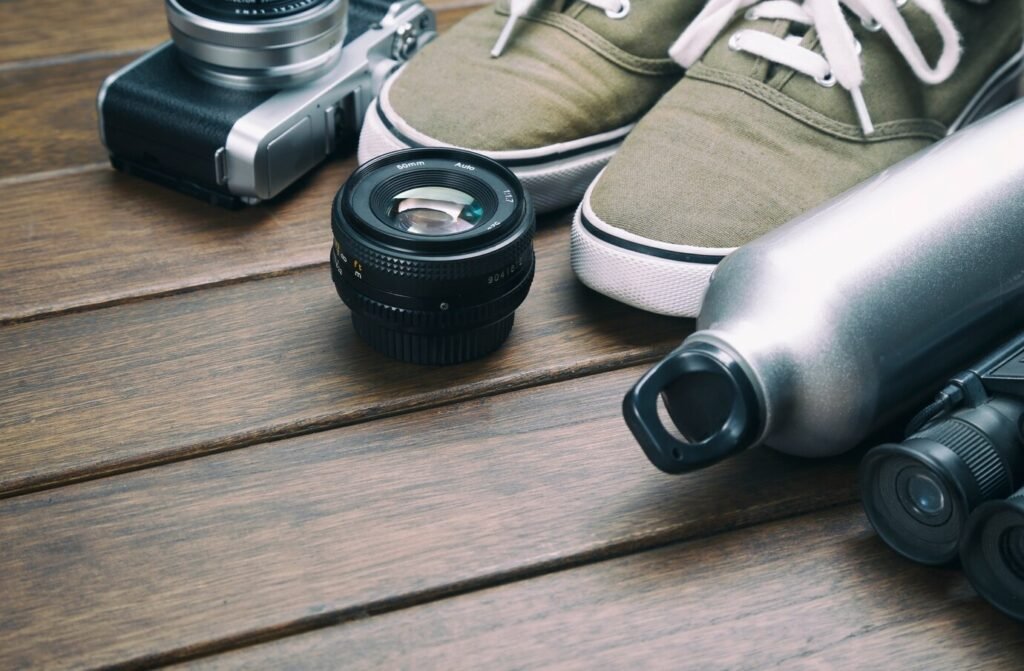
Strong visuals can make or break your brand’s presence. Whether you’re shooting products, portraits, or lifestyle content, mastering lighting, composition, and editing ensures high-quality, engaging images. Here’s how to elevate your photography with practical, easy-to-apply tips.
Lighting
The Secret to Professional-Looking Photos
Lighting sets the mood and enhances details. Use these techniques for well-lit, high-quality images:
- Soft, diffused lighting minimizes harsh shadows – use sheer curtains, softbox lights, or DIY reflectors (white foam boards work great).
- Outdoor shoots? Time it right! – The golden hour (shortly after sunrise & before sunset) offers warm, flattering light. Avoid midday sun to prevent overexposed, harsh shadows.
- For artificial lighting, choose warm LEDs or ring lights – they help maintain a natural look.
Pro Tip: If shooting indoors, position your subject near a window for soft, natural illumination.
2. Composition
Create Visually Appealing Shots
A well-composed photo grabs attention and tells a story. Try these framing techniques:
- Rule of Thirds – Place your subject slightly off-center for a balanced, dynamic shot. Most smartphone cameras have a grid option to guide you.
- Leading Lines – Use roads, railings, or natural patterns to draw the viewer’s eye toward your subject.
- Negative Space – Leaving some empty space around your subject makes it stand out and prevents cluttered images.
Pro Tip: Don’t be afraid to break the rules! Sometimes, asymmetry or unconventional framing adds uniqueness to a shot.
3. Editing
Enhance Without Overdoing It
Post-processing polishes your images and ensures they align with your brand’s aesthetic.
- Use editing apps like Adobe Lightroom, Snapseed, or Canva – adjust brightness, contrast, and sharpness for a clean, professional look.
- Stay true to reality – Avoid heavy filters or over-editing. Authenticity builds trust, especially for product photos.
- Batch edit for consistency – Use presets in Lightroom to maintain a cohesive style across your brand visuals.
Pro Tip: Increase sharpness and clarity slightly for product shots but keep skin retouching minimal for portraits to preserve natural texture.
4. Angles & Perspectives
Experiment for Unique Shots
Your camera angle can dramatically change the feel of an image. Try different perspectives:
- Flat Lays – Best for food, products, and aesthetic compositions. Keep elements arranged neatly for a clean, appealing look.
- Eye-Level Shots – Ideal for portraits and storytelling. Creates a natural, relatable perspective.
- Low & High Angles – Looking up adds power (great for fashion or architecture), while looking down creates an intimate or product-focused effect.
Pro Tip: Take multiple shots from different angles and review them later—sometimes, an unexpected angle works best!
Conclusion: Investing in Your Visual Future
In a digital-first world, photography is an indispensable tool for businesses. Whether through DIY efforts, mobile photography, or professional services, the right visuals can elevate brand identity, boost sales, and enhance engagement.
At Creo Elements LLP, we understand the power of compelling visuals. Looking to transform your brand’s image? Reach out to us today and let’s create stunning visuals that speak for your business!